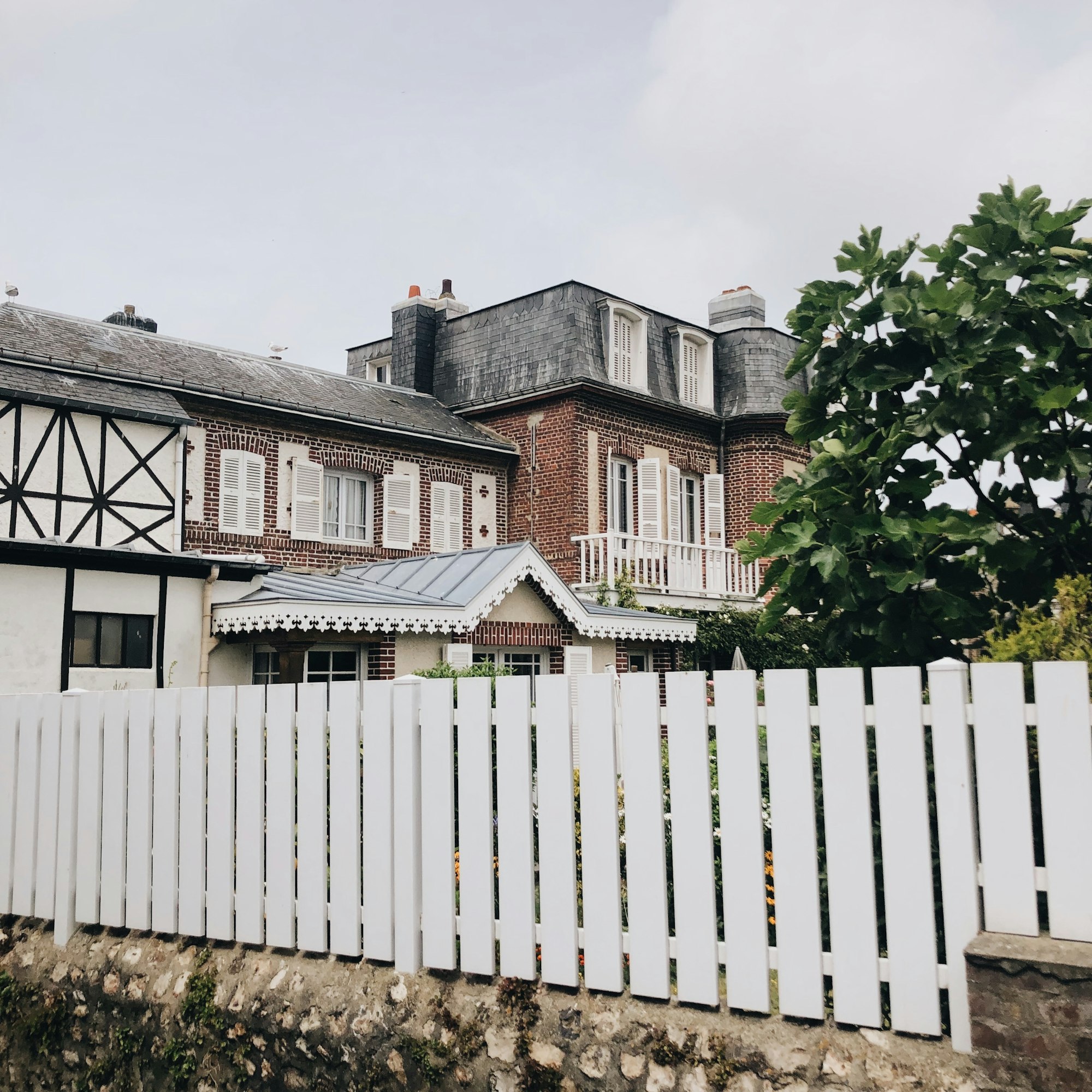Encroachment in Ontario: Your Legal Guide

At this time, we are not accepting new files for this type of matter.
Encroachments cause conflicts between neighbors - affecting the enjoyment of land and potentially resulting in costly legal battles.
Understanding the legal aspects of neighbouring encroachments in Ontario, as well as the relevant laws, regulations, and practical solutions can help you protect your property rights and maintain neighbourly relationships.
Whether you're a property owner facing an encroachment issue or simply seeking to understand your rights in Ontario, our legal guide will provide valuable insights and guidance to help you make informed decisions.
What is an Encroachment?
An Encroachment is when a structure or object intrudes onto the property of another without legal right or express permission.
An encroachment can be intentional or unintentional – arising from intentional or negligent construction, or simple boundary mistakes.
Common Types of Encroachments
The most common types of encroachments we see in Ontario are:
- Fence Encroachments – when a fence is built outside the correct boundary line and extends across the property line onto a neighbour’s land.
- Building Encroachments – when a structure, like a house, garage, or shed, extends over boundary lines to a neighbour's land.
- Driveway Encroachments – when a driveway or pathway extends across boundary lines without permission.
- Vegetation Encroachments – When overgrown trees, shrubs, or other vegetation extends over on neighboring land.
Protecting Your Property from Encroachment Ontario
When an encroachment is discovered on your property, it can be unsettling. Fortunately, there are systematic approach to the discovery and resolution of these issues.
In many cases, it is possible to resolve encroachments and boundary disputes in Ontario with negotiations between the neighbours – before it ever makes it to the courtroom. However, when disputes escalate, they will require the assistance of a real estate law professional to help enforce property rights.
1) Complete a Title Search and Zoning By-Law Review
If you discover an encroachment on your property, the first step is to perform a title search. A professional title search will reveal the detailed legal descriptions, and determine whether any easement, restrictions, or other instruments exist within the land titles act, that may account for the encroachment. In addition to the title search, a review of the local zoning by-laws is necessary to ensure compliance of property use regulations within the local municipality.
2) Commission a Survey
If there is no justification for the encroachment in the title and zoning search, the next step is to obtain a survey of your property. This must be completed by a licensed ontario land surveyor, and ultimately provide an accurate account of the property's boundaries, existing structures, and the extent of any encroachment. A recent survey is the most important document when dealing with an encroachment issue as it serves as primary evidence.
3) Send a Demand Letter
If the survey confirms the encroachment, have your lawyer send a demand letter to the neighbor responsible for the encroachment. Despite the name, it does not have to be confrontational. The demand letter should state the issue, provide evidence from the survey, and request the removal or rectification of the encroachment within a specified timeframe.
4) Engage in Negotiations
Engaging in open and constructive communication with your neighbor can often lead to a resolution without legal action. Explore potential solutions and compromises that would be acceptable to both parties. Mediation may also be an option to facilitate negotiations.
5) Bring an Action
If negotiations fail, and the encroachment remains unresolved, you may need to bring a legal action against the encroaching party. You can schedule a consultation with a qualified real estate lawyer who specializes in property disputes. The attorney will guide you through the legal process, which may involve filing a lawsuit, seeking an injunction to remove the encroachment, and pursuing damages, if applicable.

Additional Considerations
Adverse Possession
Adverse possession is a legal concept where someone can gain ownership of another person's land if they openly and continuously use it for a specified period without objection. In property encroachments, if the encroachment remains unchallenged for a set time, it may lead to a claim of ownership through adverse possession, depending on local laws. For a more detailed discussion of adverse possession, click here.
Encroachment or Easement?
One term that may come up when dealing with encroachments or neighbour disputes in Ontario is “easement.” An easement is an agreement by a property owners allowing one to make use of someone else's property that is not legally theirs. Not all easements are documented in writing, but in most cases, there will be documentation that can be discovered within a title search.
The Importance of a Land Survey
A land survey is the most crucial piece of evidence for encroachment disputes. It provides a detailed drawing showing the extent of one's property ownership. This includes measuring and mapping the property boundary and the relativity to existing structures.
- Boundary Clarification – A land survey accurately identifies property boundaries, which helps to avoid misunderstandings and disputes involving where one property ends and where another begins.
- Legal Documentation – Land surveys provide legal documentation that can be entered into evidence in court for handling boundary disputes.
- Property Value – Accurate land surveys can enhance property value by confirming the boundaries and ensuring compliance with local zoning regulations.
- Peace of Mind – Knowing the exact boundaries of your property can provide peace of mind, reducing the potential for encroachment or boundary disputes.
Summary
Encroachments can become contentious issues between neighbours. Understanding the circumstances of how they arise, and the practical steps for resolution, individuals can protect their property rights while maintaining amicable relationships with neighbors.
When a potential encroachment is discovered, intruding onto your property - or potentially onto others without your knowledge - working with an experienced real estate lawyer ensures your rights are protected and you're placed in the best position to resolve the issue.
Frequently Asked Questions (FAQ)
How do deal with an encroachment in Ontario?
To address encroachment in Ontario, start with a title and zoning search, obtain a land survey, and send a demand letter. Consult with a real estate lawyer to ensure your rights are protected.
What is the most common type of encroachment?
The most common type of encroachment in Ontario is fence encroachment, where a fence extends beyond the correct property boundary onto a neighbour's land.
Can my neighbor build a fence on the property line in Ontario?
Yes, your neighbor can build a fence on the property line in Ontario, but it's advisable to discuss and agree on the location and costs of the fence with your neighbor to avoid potential disputes.
What is an example of encroachment?
An example of encroachment is when a neighbor's garage or shed extends over the property line onto your land without legal permission or rights.
